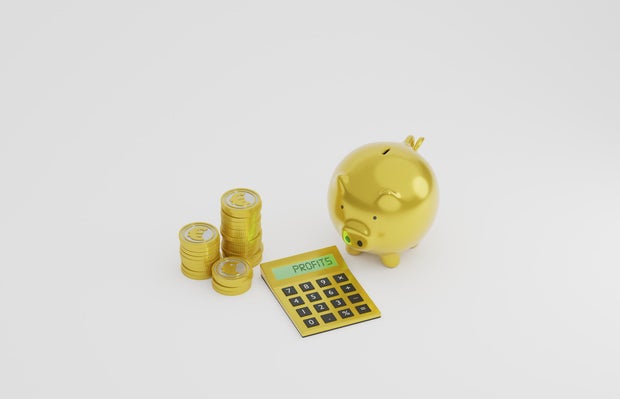What will drive gold's price in the second half of 2025? - CBS News
By
Edited By
Angelica Leicht
Senior Editor, Managing Your Money
Angelica Leicht is the senior editor for the Managing Your Money section for CBSNews.com, where she writes and edits articles on a range of personal finance topics. Angelica previously held editing roles at The Simple Dollar, Interest, HousingWire and other financial publications.
/ CBS News

The price of gold has climbed steadily over the past 18 months, rising from around $2,000 per ounce in early 2024 to over $3,300 today. Several factors have been helping to drive this impressive run, including economic headwinds, ongoing global uncertainty and steady demand from central banks.
But as gold trades at or near elevated levels, many investors want to know what the second half of 2025 might bring for gold's price. To learn more, we asked gold investing experts what could drive the precious metal's price through December. Below, they share their insights on the key factors that could determine whether this rally continues or takes a breather.
Find out how to add gold to your investment portfolio today.
"I'm confident we'll see gold prices continue to hold their value into the second half of 2025, without much downward movement," says Brandon Aversano, CEO of The Alloy Market, a precious metals buyer. However, "we may not see new highs unless [there are] new economic risks."
Imaru Casanova, the portfolio manager of precious metals at investment management firm VanEck, takes an optimistic stance.
"[Gold has formed] a higher base — around the $3,000 to $3,100 per ounce level — suggesting upside potential remains," Casanova says.
While experts see gold maintaining its strength, they point to three factors that will determine whether prices stay steady or push higher the rest of this year:
"Consumer behavior will be a big driver of gold prices," Aversano says. "We're seeing more people buy and sell gold at this moment to achieve economic security … [and] those who've been holding gold for a while are selling it to realize their gains."
Meanwhile, first-time buyers are flooding into the market, experts say, as gold's recent performance draws them in as they seek portfolio protection. This helps to create a balanced market where early investors can cash out while new demand keeps prices supported. The result is sustained upward pressure rather than the typical post-rally selloff.
Learn more about the many benefits of gold investing now.
"Geopolitical risk continues to put upward pressure on the price of gold," Aversano says. "Global instability is often associated with a lack of confidence in traditional markets and currencies."
When investors worry about their regular investments, they turn to gold as a safer place to park their money.
Casanova sees this playing out across several fronts.
"Trade disruptions, sovereign debt concerns and military escalations provide ongoing support for gold's role as a safe haven," Casanova says.
Recent market spikes following international incidents show how quickly gold responds to global tensions. This suggests any escalation of existing conflicts could drive prices higher.
"[Right now], inflation is sticky and gold will [continue being] a key hedge," Aversano says.
When prices for everyday goods rise, people prioritize investments that can protect their purchasing power. Gold has historically served this role, which explains why consumers, governments and central banks buy gold to weather economic storms.
Casanova notes that even though inflation has cooled from its recent peaks, "structural concerns — especially tied to fiscal policy and global supply chains — remain."
These underlying economic problems suggest price increases could resurface, which would keep driving demand for gold.
With gold near its record highs, it's understandable if you feel priced out of the market. Silver offers an accessible entry point into precious metals.
"[It] differs from gold in that it serves as a monetary asset and an industrial metal," says Casanova.
Before buying silver, though, it helps to know the pros:
You'll want to weigh the cons, too:
While experts expect gold to hold its value through 2025, the pace of any gains remains uncertain. Casanova suggests watching U.S. real interest rates, global currency movements and investor demand signals for clues about the precious metal's next move. If gold investing interests you, it may benefit you to discuss your options with a qualified financial advisor. They can help you explore whether physical gold, gold IRAs or gold ETFs make sense for your portfolio and risk tolerance.
Sharon Wu, a senior writer with over a decade of experience, specializes in consumer-focused content covering home and finance topics such as insurance, investments, credit, debt, mortgages and home security.











